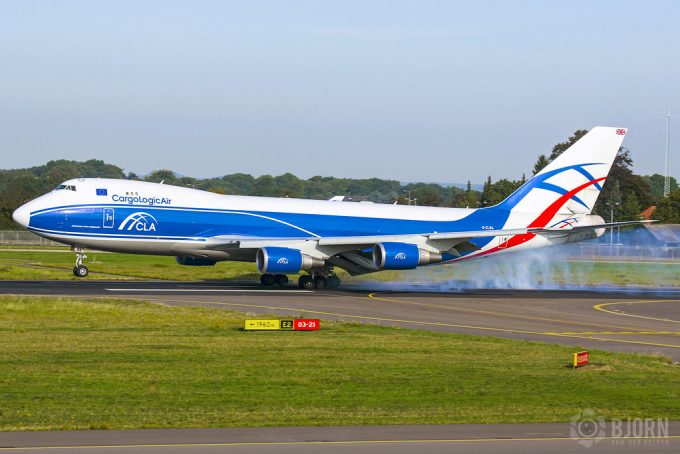Eastern Europe trade takes off as new air services generate excitement
Cathay Cargo’s new bellyhold service from Munich to Hong Kong launches today, and has already ...

Cargologicair (CLA) looks “very likely” to add a 777 freighter to its fleet by the end of what has been “a fascinating year” for the UK’s only freighter operator.
The carrier has gone from being near-broke to buoyant in just a couple of months, its new ...

Comment on this article
logo Desing
December 20, 2020 at 3:31 pmNice post, this is a wonderful and helpful site, thanks sharing.